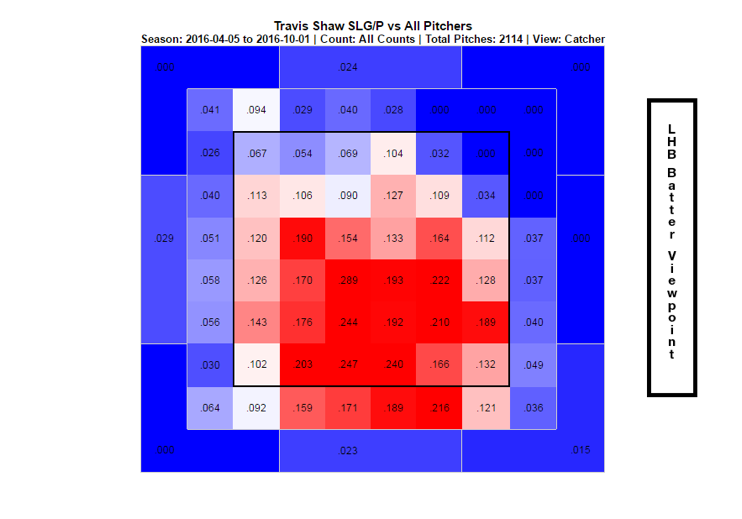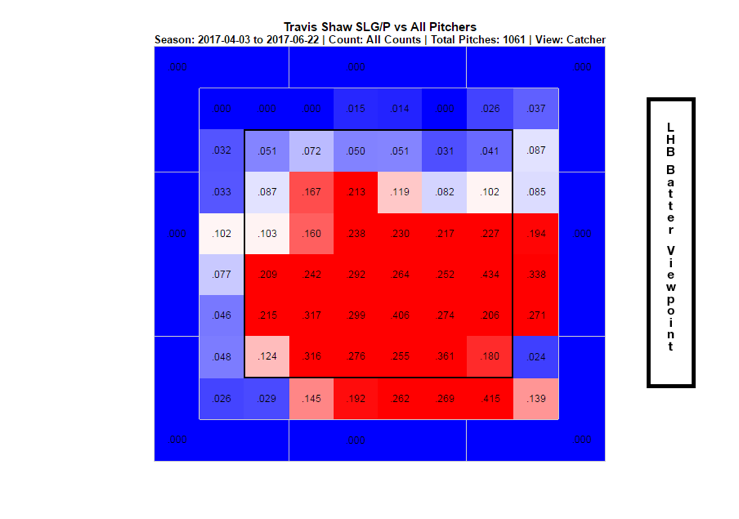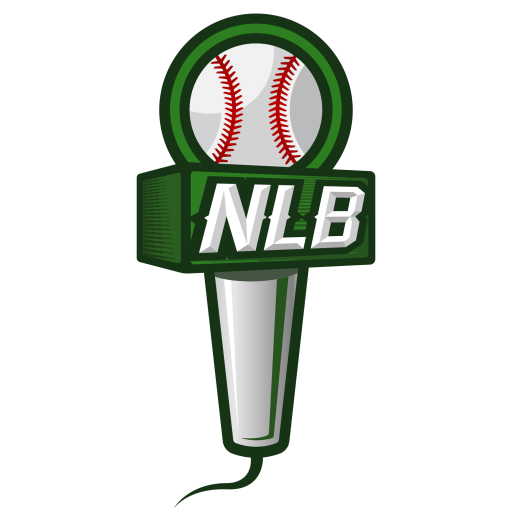Too often in sports, teams give up on players because of one bad year. They forget potential or prior results and send them on their way. Sometimes you can’t blame them; whether it is pressure from ownership or the fan base, teams are expected to deliver results. This is all very true in a sports town like Boston. In their case, both ownership AND the fan base demand top notch play from their team.
In December of last year, the Red Sox sent Travis Shaw and a handful of players to the Milwaukee Brewers for right-handed reliever Tyler Thornburg. Thornburg was just coming off a stellar 2016 campaign, specifically a strong second half. With 11 saves and a 1.69 ERA in the second half of the season, the Red Sox looked to add a set-up man for star closer Craig Kimbrel. Paired with the trade for Chris Sale and the emergence of Joe Kelly as a solid reliever (1.20 ERA as a reliever in 2016), the Red Sox looked primed for a AL East lock.
Except, there is one problem. Thornburg hasn’t thrown a pitch in a Red Sox uniform and won’t all year, out for the season with shoulder surgery. Oh yeah… and Travis Shaw is absolutely crushing it in Milwaukee.
Shaw burst onto the scene with the Red Sox in 2015 (.270/.327/.487), playing the second half of the season at third base. If qualified, his ISO (measures a hitter’s raw power) would have been Top 10, and had he played a full season would probably have had a 3+ WAR season.
2016 was a different story. Shaw slashed .242/.306/.421 and hit 16 homeruns (13 HR in 2015). His ISO was about 30% lower and per wRC+, he was 13% below league average. His defense was his saving grace, putting up 10 DRS that placed him Top 5 amongst 3B.
What is weird about Shaw’s drop-off from 2015 to 2016, is that his peripherals were nearly identical. Check out the table below that points out some of the key similarities between seasons:
| Season | LD% | GB% | FB% | Pull% | Cent% | Oppo% | Soft% | Med% | Hard% |
| 2015 | 19.9 % | 37.4 % | 42.7 % | 39.8 % | 33.9 % | 26.3 % | 20.5 % | 50.3 % | 29.2 % |
| 2016 | 19.1 % | 36.3 % | 44.6 % | 39.3 % | 33.9 % | 26.8 % | 21.9 % | 44.7 % | 33.3 % |
Where Shaw might have seen the drop in number was his production against the fastball. Per Fangraphs, Shaw was in the Top 25 worst hitters when it came to hitting the fastball. Not only that, but his contact rate on balls inside and outside the zone was 3% less. One might argue that Shaw couldn’t catch up to the ball.
Fast forward to 2017 (.298/.350/.552), and Travis Shaw is one of the hottest hitters on the planet. Amongst National League third basemen, Shaw is Top 5 in nearly every offensive category. There are many reasons for Shaw’s increased success, but two stand out to me more than the rest: he is using the entire zone to hit extra base hits AND his pull rate is at a career high.
Check out the chart below of Travis Shaw’s Slugging percentage broken down in the strike zone in 2016…

It is a pretty self-explanatory chart. The darker the red, the more successful he was. Shaw loved the middle of the zone (who doesn’t?) but didn’t hit for much power outside of it. Now check out Shaw’s slugging percentage broken down in the strike zone in 2017…

Like I said before: the darker shade of red indicates higher success. This year, Shaw is clearly using the entire zone as opposed to create success, as opposed to just waiting on a mistake pitch down the middle of the plate. His success with pitches inside correlate with my next point: his pull rate is at an all-time high. Check out his Pull% over his three-year career below…
| Year | Pull% |
| 2015 | 39.8% |
| 2016 | 39.3% |
| 2017 | 42.4% |
Shaw’s ability to turn on those inside pitches and drive them is one of the main reasons that he has excelled this year and should be an All-Star (on the bench of course, shout out to the Rockies fans out there). Haven’t we seen other players with rejuvenated careers due to a higher pull rate? As Gary wrote about a few months ago, Justin Turner also saw a surge in power, and production when he started pulling the ball more.
When Travis Shaw came on the scene in 2015, Boston fans were salivating at the fact that they wouldn’t have to be stuck with Pablo Sandoval at third base anymore. After a down year in 2016 and people questioning his age (27), the team ran him out of town. Luckily for Shaw, Milwaukee saw the talent and wanted to give him an everyday job.
David Stearns has done a lot of things well, i.e. signing Eric Thames, but trading for Travis Shaw has proved to be arguably his best decision yet.
Feel free to comment below or tweet me at @kevinjmoore1992



